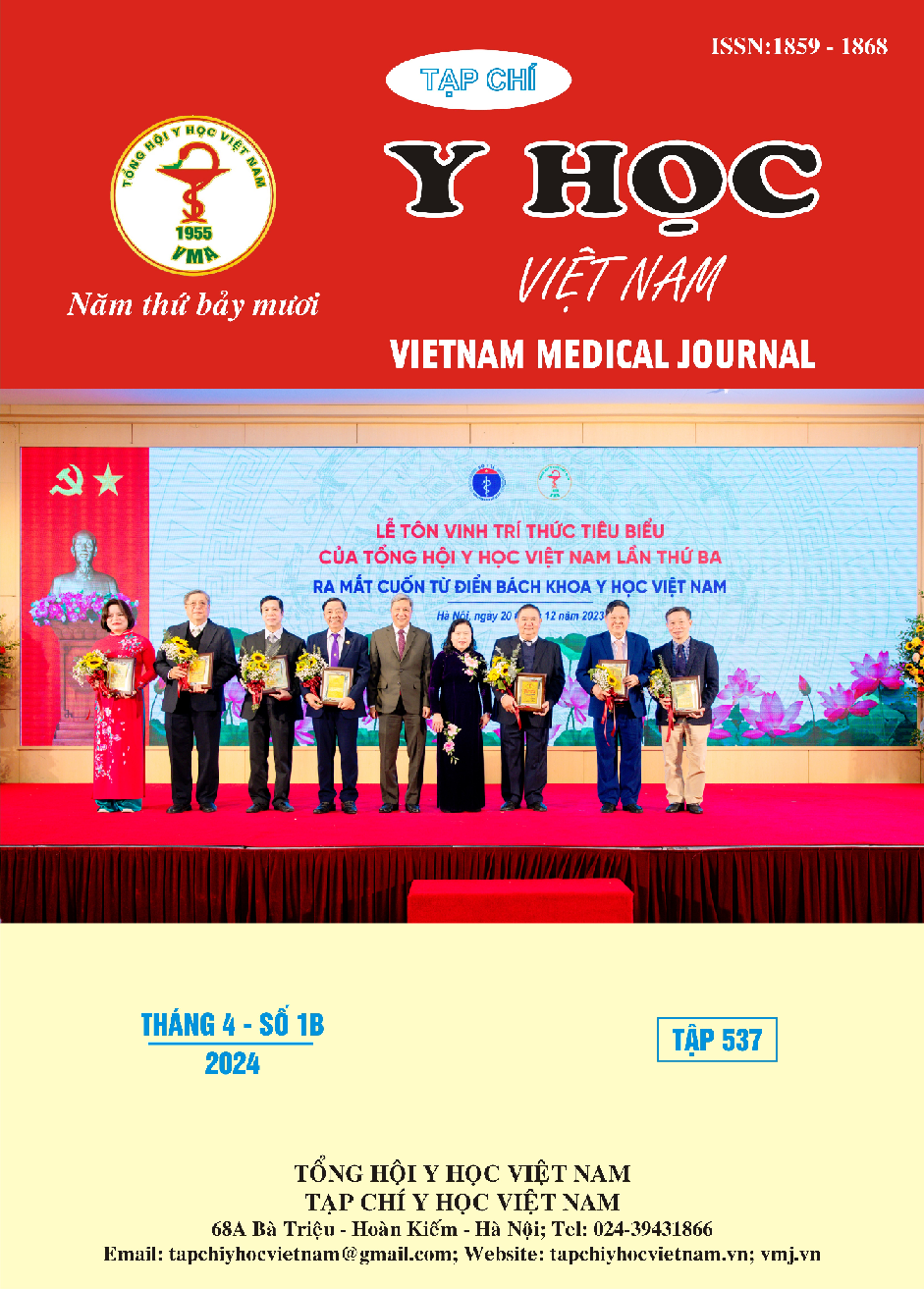EFFECTS OF SHORT-TERM CARDIAC REHABILITATION PROGRAM FOLLOWING ACUTE MYOCARDIAL INFARCTION POST PERCUTANEOUS CORONARY INTERVENTION
Main Article Content
Abstract
Background: Percutaneous coronary intervention (PCI) has proven to improve the 30-day mortality rate following acute myocardial infarction (AMI). However, the burden of disease afterward, such as the rate of reinfarction, restenosis, and all-cause mortality, remains high, reaching up to 20% in the first year and 12.2% within 3 years after myocardial infarction. Cardiac rehabilitation is a intervention that has been shown to help mortality reduction, symptom relief and improved exercise tolerance. Objective: To assess the effectiveness of short-term cardiac rehabilitation programs for AMI patients post PCI. Materials and methods: Case series report of five AMI patients who underwent PCI have been stable and attended cardiac rehabilitation at the Rehabilitation Department of Heart Institute, Ho Chi Minh City from June 2023 to September 2023. Results: Cardiac rehabilitation contributed to improving maximum oxygen consumption (VO2 max) by 3.6 ml/kg/min, 95% CI [-0.9; 8.1], and increasing the 6-minute walking distance by 117 meters, 95% CI [92; 142]. No recorded events occurred during the implementation of the cardiac rehabilitation program. Conclusions: The short-term cardiac rehabilitation program is safe and effective in improving cardiac functional outcomes for patients undergoing PCI in the treatment of AMI
Article Details
Keywords
Cardiac rehabilitation, acute myocardial infarction, VO2 max, 6MWT
References
2. Ferrer-Sargues FJ, Fabregat-Andrés Ó, Martínez-Hurtado I, et al. Effects of neuromuscular training compared to classic strength-resistance training in patients with acute coronary syndrome: A study protocol for a randomized controlled trial. PLoS One. 2020;15(12):e0243917.
3. Gremeaux V, Troisgros O, Benaïm S, et al. Determining the minimal clinically important difference for the six-minute walk test and the 200-meter fast-walk test during cardiac rehabilitation program in coronary artery disease patients after acute coronary syndrome. Arch Phys Med Rehabil. Apr 2011;92(4):611-9.
4. Kerrigan DJ, Williams CT, Ehrman JK, et al. Cardiac rehabilitation improves functional capacity and patient-reported health status in patients with continuous-flow left ventricular assist devices: the Rehab-VAD randomized controlled trial. JACC Heart Fail. Dec 2014;2(6):653-9.
5. Pattyn N, Beulque R, Cornelissen V. Aerobic Interval vs. Continuous Training in Patients with Coronary Artery Disease or Heart Failure: An Updated Systematic Review and Meta-Analysis with a Focus on Secondary Outcomes. Sports Med. May 2018;48(5):1189-1205.
6. Qin Y, Kumar Bundhun P, Yuan ZL, Chen MH. The effect of high-intensity interval training on exercise capacity in post-myocardial infarction patients: a systematic review and meta-analysis. Eur J Prev Cardiol. Mar 25 2022;29(3):475-484.
7. Vilela EM, Ladeiras-Lopes R, João A, et al. Cardiac rehabilitation in elderly myocardial infarction survivors: focus on circulatory power. Rev Cardiovasc Med. Sep 24 2021;22(3):903-910.
8. World Health Organization. Global Health Estimates: Life expectancy and leading causes of death and disability. Accessed Oct 30, 2023. https://www.who.int/data/gho/data/themes/mortality-and-global-health-estimates


